The African art market has witnessed a remarkable transformation in recent years, with the repatriation of Benin Bronzes emerging as a focal point of cultural restitution debates. These intricately crafted artifacts, looted during the colonial era, are now at the heart of a growing movement to reclaim Africa’s stolen heritage. The return of these bronzes is not just a symbolic gesture; it represents a seismic shift in the global art trade, where African voices are increasingly dictating the terms of their own cultural narrative.
The Benin Bronzes, originating from the Kingdom of Benin (present-day Nigeria), are among the most celebrated examples of African artistry. Cast in brass and bronze, these pieces date back to the 13th century and depict kings, queens, and scenes of court life with astonishing detail. For decades, they were displayed in European museums, often without context or acknowledgment of their violent acquisition. Today, the tide is turning as institutions like the Smithsonian and Germany’s Ethnological Museum commit to returning these treasures to their rightful home.
The resurgence of interest in African art has fueled a booming market, with collectors and investors keen to acquire pieces that carry both aesthetic and historical significance. Auction houses such as Sotheby’s and Christie’s have reported record-breaking sales for African artifacts, signaling a broader recognition of their value. Yet, the repatriation of the Benin Bronzes complicates this market dynamic. As more bronzes find their way back to Nigeria, questions arise about their future: Will they be sold privately, displayed in museums, or kept as national treasures?
Nigeria’s government has been vocal about its plans to house the returned bronzes in the forthcoming Edo Museum of West African Art. Designed by renowned architect David Adjaye, the museum aims to be a beacon of cultural revival, showcasing Benin’s artistic legacy while fostering education and tourism. However, not all repatriated artifacts will remain in public hands. Some experts predict a surge in private transactions, as wealthy Nigerians and diaspora communities seek to reclaim their heritage through legal purchases.
The ethical dimensions of this market shift cannot be ignored. While repatriation is celebrated as a corrective to colonial injustices, the commercialization of returned artifacts raises concerns. Critics argue that turning cultural heritage into a commodity risks replicating the same exploitative patterns of the past. Others counter that a regulated market could empower African nations to monetize their art on their own terms, funding preservation efforts and local economies.
Behind the scenes, a network of dealers, curators, and lawyers is navigating this complex landscape. Provenance research has become a critical tool, with teams working to trace the origins of disputed artifacts. Meanwhile, African governments are tightening export controls to prevent further looting. The Benin Bronzes, once symbols of loss, are now catalysts for a broader conversation about ownership, value, and the future of African art in a post-colonial world.
The ripple effects of this movement extend beyond Nigeria. Countries like Ethiopia and Cameroon are also pushing for the return of looted artifacts, emboldened by the success of the Benin Bronze campaigns. As Western institutions grapple with demands for restitution, the African art market is poised for unprecedented growth. Whether this will lead to greater equity or new forms of exploitation remains to be seen, but one thing is clear: the era of unchallenged colonial plunder is over.
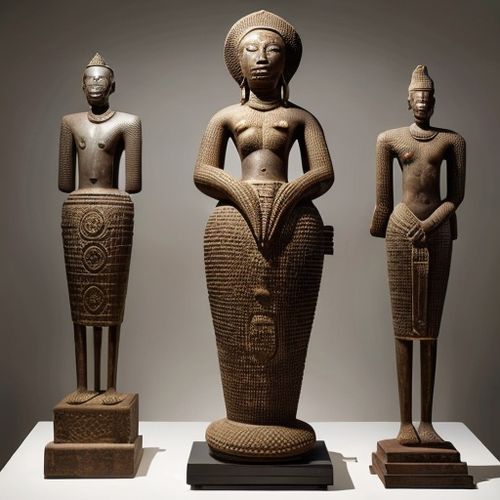
By Amanda Phillips/Apr 12, 2025
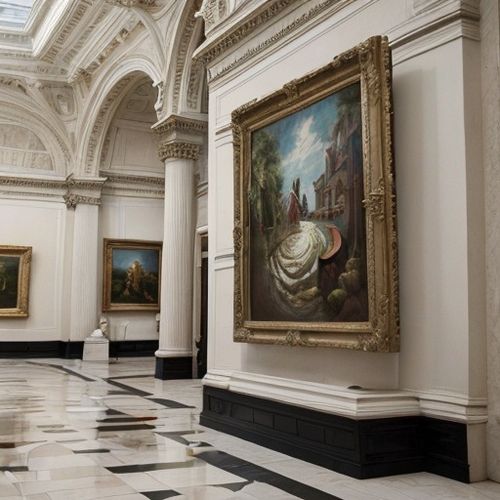
By Christopher Harris/Apr 12, 2025
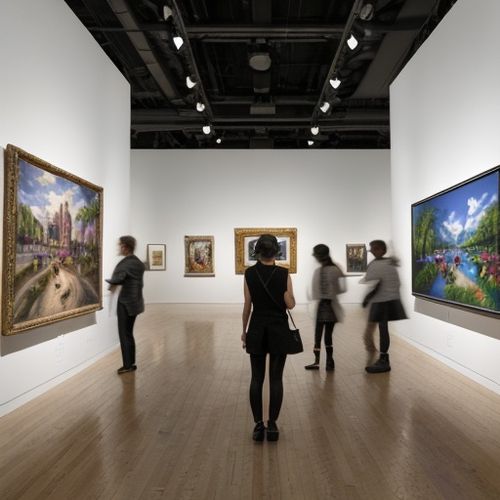
By Laura Wilson/Apr 12, 2025

By Olivia Reed/Apr 12, 2025

By Daniel Scott/Apr 12, 2025
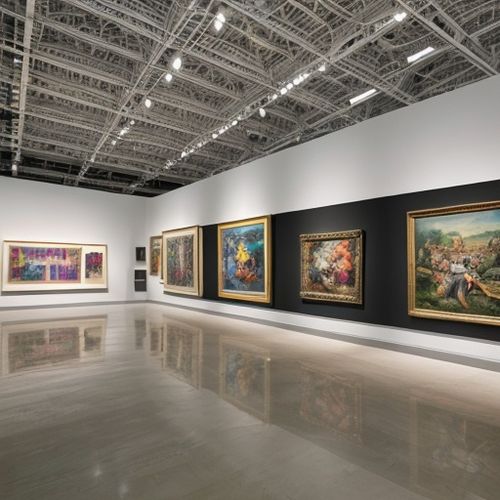
By James Moore/Apr 12, 2025

By Jessica Lee/Apr 12, 2025

By Benjamin Evans/Apr 12, 2025

By William Miller/Apr 12, 2025

By Daniel Scott/Apr 12, 2025
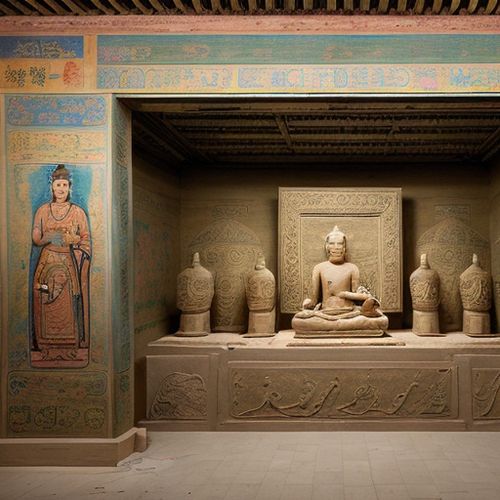
By Elizabeth Taylor/Apr 12, 2025

By Joshua Howard/Apr 12, 2025
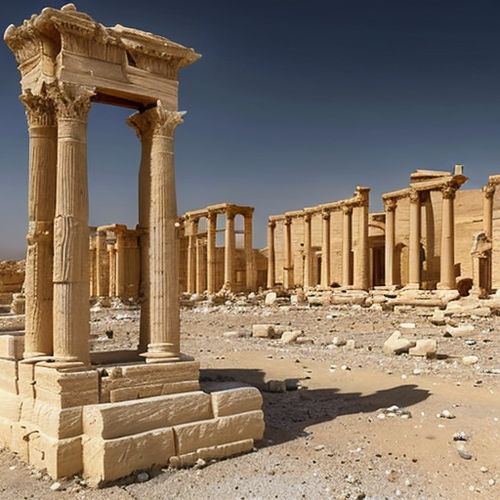
By William Miller/Apr 12, 2025
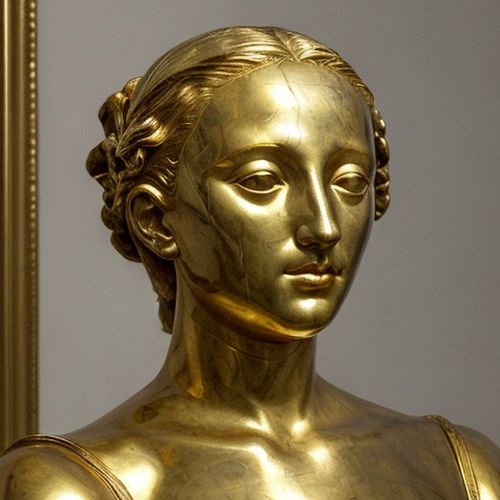
By James Moore/Apr 12, 2025

By Elizabeth Taylor/Apr 12, 2025
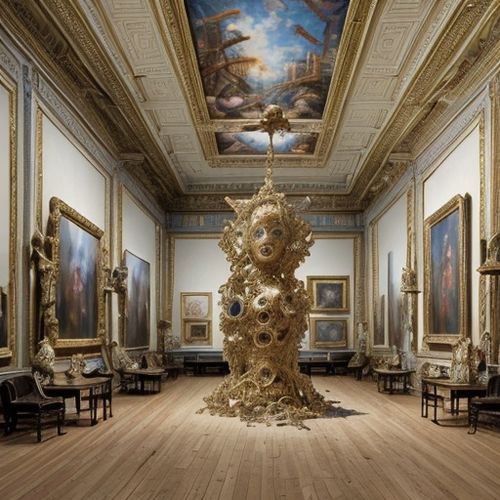
By Sarah Davis/Apr 12, 2025
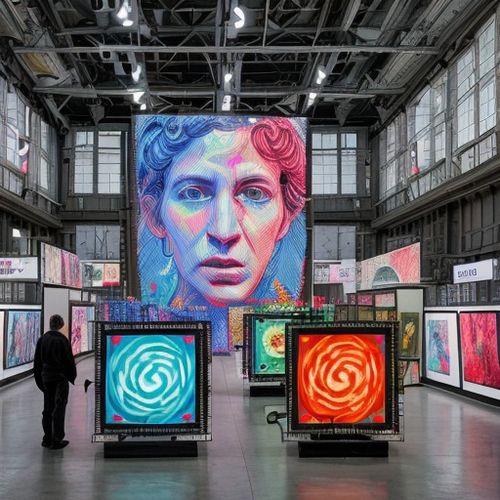
By Christopher Harris/Apr 12, 2025

By George Bailey/Apr 12, 2025

By John Smith/Apr 12, 2025

By Christopher Harris/Apr 12, 2025